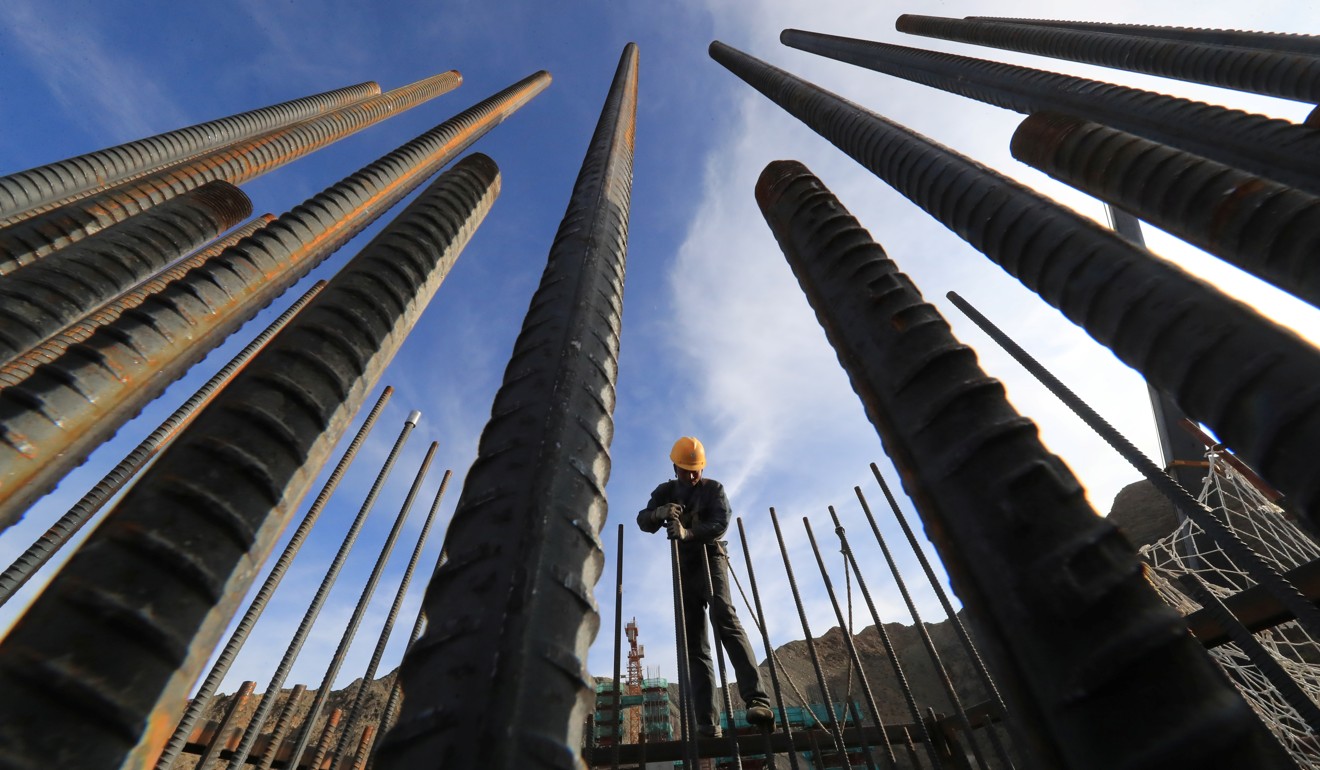Amid the trade war, Asia cannot count on Chinese stimulus to boost growth this time around
- While China’s boost to the property sector in 2016 translated into an increase in commodity imports from emerging Asia, this year’s infrastructure-focused stimulus is unlikely to have the same effect. Meanwhile, trade war headwinds are likely to hit exports from the region

The resurgence of US-China trade tensions is weighing on equity market performance in emerging Asia. This begs the question of whether prospective monetary and fiscal stimulus measures from China could give the region the needed boost – but markets would be wrong to pin their hopes on this.
Recent data flow paints a weak picture of the economic fundamentals in the region. In China, the official manufacturing purchasing managers index, which gauges sentiment among factory operators, for May came in notably below market expectations, led by a sharp decline in export orders. Elsewhere in the region, Korean exports, a bellwether of the regional export cycle, have remained in contraction for six consecutive months.
China’s policymakers are already rolling out additional easing measures to shore up the economy. In the past, improvement in China’s growth momentum had meaningful spillovers to the rest of emerging Asia. In early 2016, pickup in China’s activity growth helped to drive a strong recovery in emerging Asia’s export cycle.
This time around, the boost to regional economic growth is likely to be limited.
A key reason the impact will be more muted is the mix of China’s current stimulus measures. In contrast to the 2016 easing cycle, the current stimulus is more focused on infrastructure than property investment.
With property investment and home price growth still at relatively high levels, it would be difficult for Chinese policymakers to introduce any major property-easing measures. Thus, the boost from China’s policy stimulus to its capital expenditure demand is smaller this time.
In addition, further easing measures from here are likely to be more targeted at consumption. In recent weeks, China has revised the auto purchase tax, offering car buyers a small saving, and several cities have loosened car plate restrictions. A plan to support consumer spending on automobiles and electrical goods has also been introduced. Exports from other emerging Asia economies are less exposed to China’s infrastructure investment and consumption, making them less well-positioned to benefit from China’s current round of stimulus.
Even with the Chinese policymakers’ focus on infrastructure stimulus, a replay of the strong boost to China’s commodity demand in 2016 seems unlikely, limiting the benefit to commodity exports from emerging Asia.

First, China’s property market went through a brutal downturn in 2014-15 and property investment was in contraction by the end of 2015. Without growth in the sector, China’s commodities imports experienced a large dip. This time, the property market is in much better shape and that higher base limits potential upside.
Second, during the 2015-16 cycle, Chinese policymakers adopted supply-side measures which reduced production and capacity in heavy industrial sectors, such as coal and steel. These measures, in turn, helped to push up prices and profits in those sectors.
However, excess capacity is less of an issue currently and there are unlikely to be any large-scale supply cuts, limiting potential increases in commodity prices from here.

Meanwhile, emerging Asia is facing headwinds from a less supportive global environment. The recent US tariff increases on US$200 billion worth of Chinese goods pose major challenges to China’s export performance. This should have significant knock-on effects for its Asian trade partners as they are closely integrated in China’s supply chain.
Damages from the US-China trade conflict were clearly demonstrated late last year: regional exports declined sharply as additional US tariffs hit. At the same time, heightened trade uncertainty is likely to dampen China’s capital expenditure in the export-related manufacturing sectors. This does not bode well for the export outlook of the manufacturing-oriented emerging Asian economies.
More than anything else, the outlook for emerging Asia in the second half of the year hinges on the outcome of the US-China negotiations. Any escalation is bad news for economies in the region, which will bear the brunt of the negative impact. At least central banks around the region do have more room to ease monetary policy to support their economy, given the dovish stance of the US Federal Reserve.
Ultimately, positive spillovers to the rest of emerging Asia from the current round of stimulus out of China are likely to be notably more subdued than in 2016. A dose of caution is therefore merited given the lacklustre economic outlook for the region and heightened uncertainty surrounding the outcome of US-China trade negotiations.
Patrik Schowitz is a global multi-asset strategist at JP Morgan Asset Management